Articles
Transportation

Dangerous Goods: Definition, Regulations, and Classes
Companies ship various goods by land, sea, and air daily. Some are hazardous substances and pose severe effects if not handled properly. The dangerous goods regulations and guidance are strict and enforced by various government agencies and international organizations, such as the United Nations, to minimize the risk of accidents or ensure safe transport. Let’s […]
Read More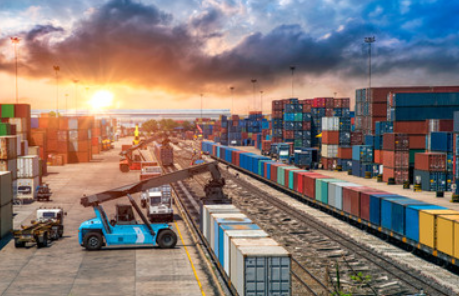
Transloading: Meaning, Benefits, and Challenges
Transloading is a crucial component of supply chain management, as it helps to optimize the movement of goods and reduce transportation costs. It allows logistics companies to adapt to changes in demand and unexpected logistical challenges while shipments still reach their final destinations quickly and cost effectively. Let’s look at the meaning, benefits, and challenges […]
Read More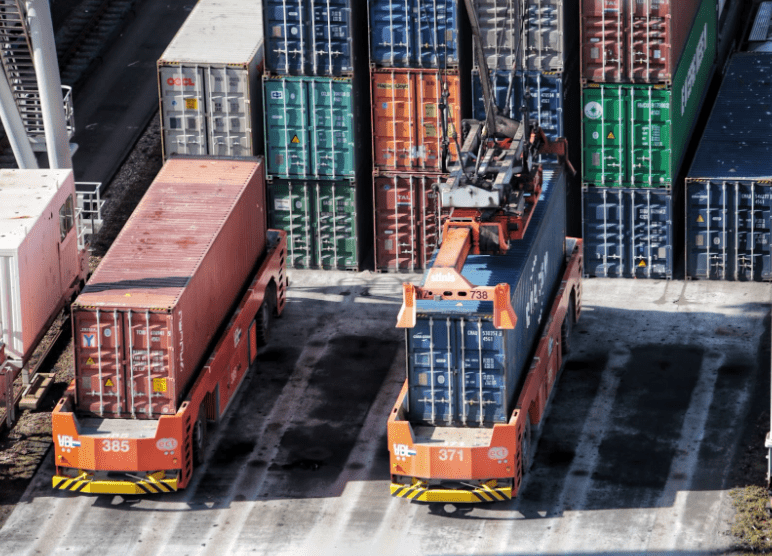
Drayage: Meaning, Importance, and Types
Large container ships move cargo from port to port across the continent. Trucks and railways move cargo within countries. Consider, however, the smaller, more intricate steps that allow freight to move between transportation modes. These smaller national movements are collectively called drayage and are crucial to shipping logistics. What Is Drayage? Drayage is a form […]
Read More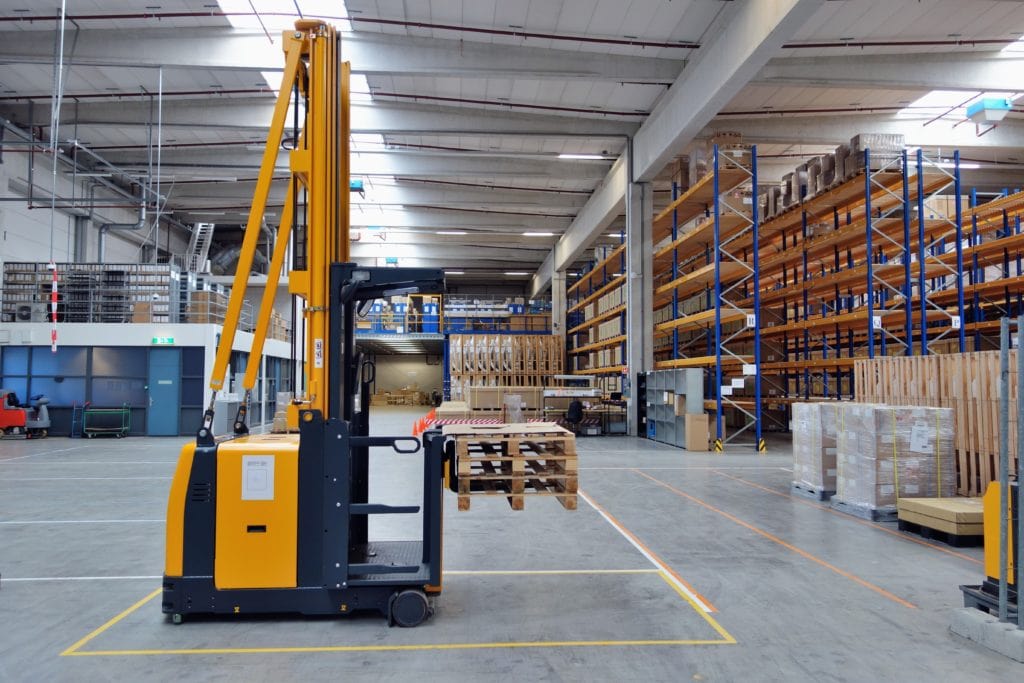
Cross Docking: Definition, History, and Process
Cross docking is a shipping method that transfers goods from one transportation mode to another to get them directly from the source to their destination. Cross docking is widely used in freight transportation because it helps reduce costs and storage space, among other benefits. This article covers cross docking definitions, history, types, methods, advantages, disadvantages, […]
Read More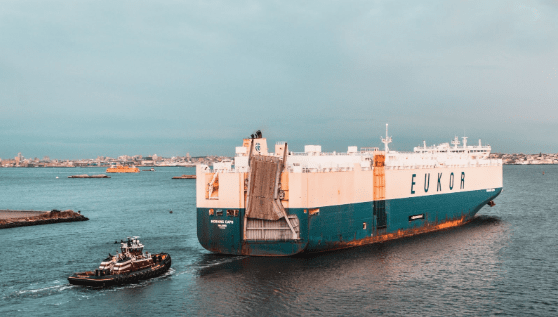
TEU: Definition, History, and Vessel Sizes
TEU, or a twenty foot equivalent unit, is the standard measure of container capacity on a ship. In other words, it tells you how many 20-foot-long containers can fit on particular container ships. TEU is important because it allows for easy comparison of vessel sizes. For example, if one container ship has a capacity of […]
Read More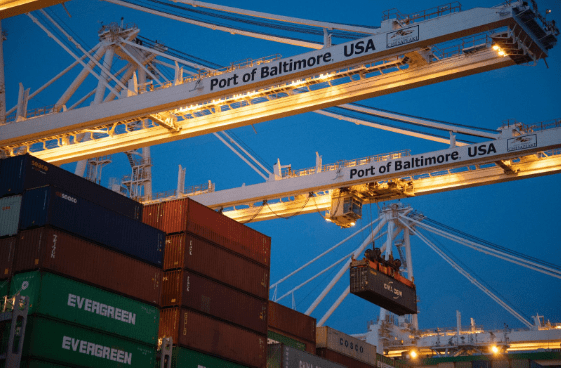
Freight Forwarding: Meaning, Stages, and Pros and Cons
Supply chain management is an integral part of any company’s efficiency. Transporting goods from one place to another can be time-consuming and expensive. The process can be complex and challenging, but if you approach it correctly, it will go smoothly and leave lasting effects on your overall business. Many companies employ third-party logistics services to […]
Read More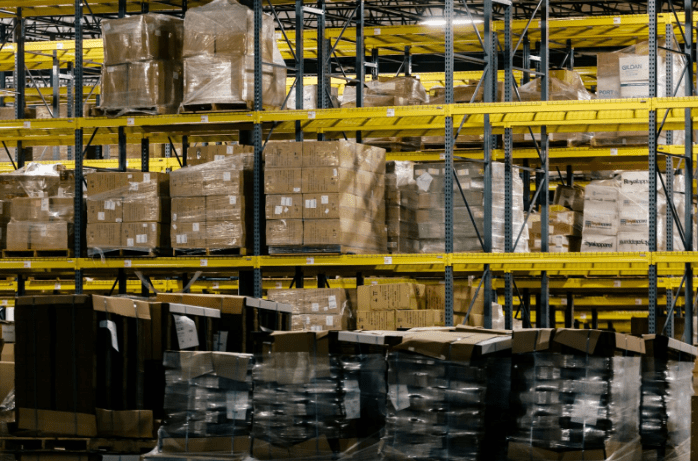
Intermodal vs. Transloading: Definitions and Process
Intermodal and transloading are two methods of shipping products. They are similar, but understanding the difference between intermodal vs. transloading can help you choose the shipping method that works best for you logistically and financially. The key differences between transloading vs. intermodal transportation are the methods of moving products. Intermodal is self-contained, while transloading physically […]
Read More
Customs Clearance: Meaning and Process
International trade can be complex and time-consuming, but it is crucial for businesses that import or export goods to understand one of the most critical steps in the process: customs clearance. Customs clearance is the procedure you must follow to legally import or export goods across international borders. The process can be daunting, but this […]
Read More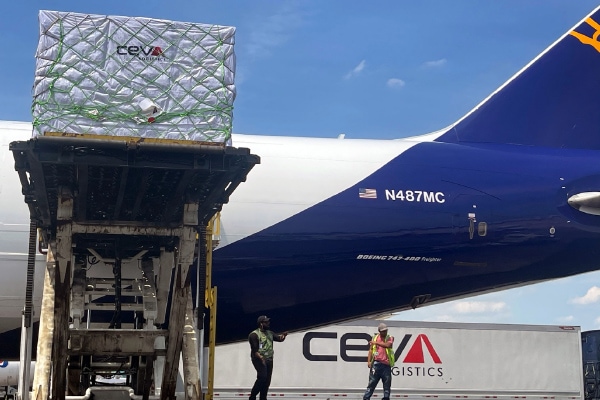
IN BRIEF: New Services and Solutions
From a lighter refrigerated truck body to a new U.S.-Korea airfreight service, here are some notable supply chain services and solutions that recently hit the market.
Read More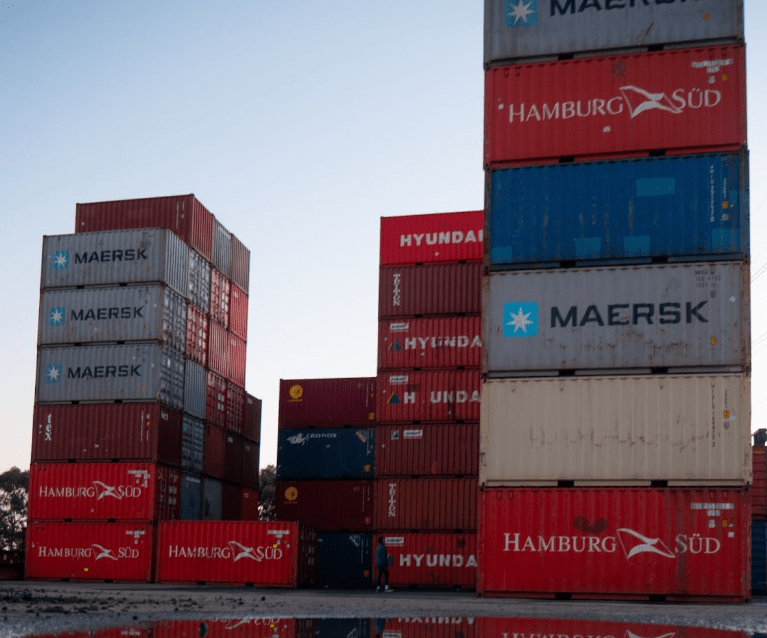
Intermodal vs. Multimodal: Definition and Advantages
Shippers save money and time by choosing multimodal and intermodal transportation. While both methods use many transportation modes, they differ in who is responsible for your shipment. Even though it might be easier to work with just one shipping company, it is often more cost-effective to leverage the knowledge and services of more than one. […]
Read More